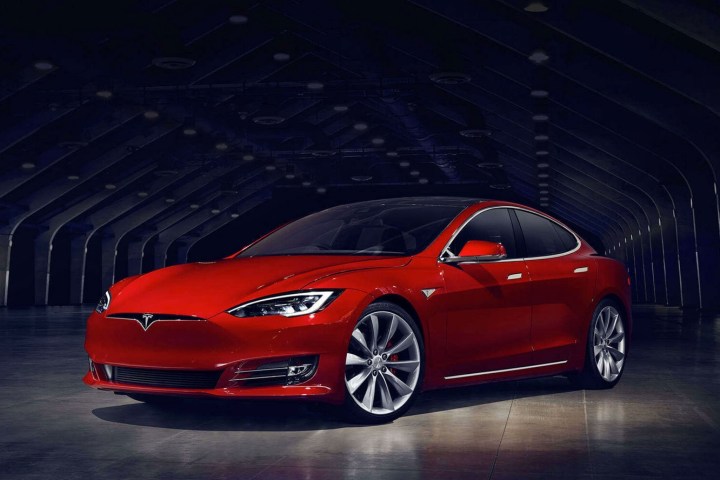
One of the most important upgrades is the addition of a temperature-control function developed to save the lives of pets and infants trapped in a hot car. The feature automatically turns the air conditioning on if it senses that the temperature in the cockpit rises above 105 degrees Fahrenheit, and if the battery pack has at least a 20-percent charge.
The temperature-control function is always on, but owners shouldn’t be concerned about compromising driving range by draining the battery pack, according to Tesla co-founder and CEO Elon Musk. The executive wrote on Twitter that temperature control can run for up to a year if the battery is full, meaning it uses only a tiny amount of electricity.
Read more: Elon Musk says Apple missed an opportunity by not building a car sooner
Tesla’s efforts to protect kids and pets comes shortly after members of the United States House of Representatives introduced a bill called the Helping Overcome Trauma for Children Alone in Rear Seats Act of 2016, or HOT CARS. The legislation is a little vague, but it aims to ensure that “all new passenger motor vehicles be equipped with technology to provide an alert that a child or unattended passenger remains in a rear seating position after the vehicle motor is deactivated.”
Some of the other improvements inaugurated by Autopilot 8.0 were detailed recently by Tesla. As previously reported, the software now uses a radar, not a camera, to generate a view of the outside world. The radar can bounce under a vehicle to see what’s in front of it, so “the car should almost always hit the brakes correctly even if a UFO were to land on the freeway in zero-visibility conditions,” according to a statement published by the company. Version 8.0 also allows the Model S and the Model X to autonomously take freeway exits.
Tesla began sending out Autopilot 8.0 last night as an over-the-air software update. Don’t worry if your car doesn’t have it yet; Musk explained on Twitter that the “release will be gradual to make sure there aren’t small regressions.” He added that Autopilot 8.0 has to work on many different cars operating in drastically different environments.
Editors' Recommendations
- Tesla Autopilot vs. full self-driving: What’s the difference?
- The fastest electric cars, ranked by 0-60 mph acceleration
- Tesla to fix window software on 1M of its U.S. cars
- Tesla receives massive Model 3 order from car-rental giant Hertz
- Tesla’s electric cars get second price bump in a month




